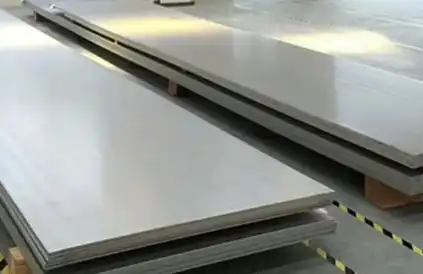The main difference between pure titanium plates and composite titanium plates lies in their composition and use.

Pure titanium plates are composed of a single element (titanium dioxide), also known as a "glassy" metal, with high purity. This kind of titanium plate has good resistance to hot corrosion and stress corrosion cracking, so it is widely used in high-temperature and high-pressure vessels in the petrochemical industry, as well as storage tanks on oil production platforms and drilling platforms in marine environments, as equipment used as lining material or as an anti-corrosion coating.
Composite titanium plates are special stainless steel plates composed of two or more elements. These elements may include aluminum and other metal elements such as molybdenum and niobium, so they are also called compound steel molybdenum-based alloys (mo-aioy) or niobium-based alloys (nicralloy). Composite titanium plates have unique physical and chemical properties due to their special alloy composition and can meet some special application requirements.
In general, pure titanium plates and composite titanium plates are different in composition, performance, and application, and need to be selected according to the specific use environment and needs.